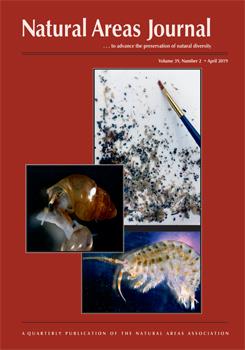Understanding human use of landscapes is important for managing recreational lands. Predicting human behavior is difficult, however, and methods for assessing human habitat use could benefit from advances in other fields. Habitat selection methods from wildlife ecology provide useful tools for studying such topics. We present a case study of the adoption of wildlife habitat selection methods to human land use. We use the locations of recreational shooters in Idaho and environmental features along with a species distribution model (that uses a presence-only modeling framework) to identify features associated with shooting locations. Additionally, we derive maps of the predicted suitability of locations for recreational shooting. These results illustrate the way habitat selection methods from wildlife ecology can be translated to research on human space use and highlight the potential for adoption of such methods. Providing land managers with maps that predict human use in natural landscapes may aid in the identification of areas of conflict and the implementation of management.
How to translate text using browser tools
21 May 2019
Human Habitat Selection: Using Tools from Wildlife Ecology to Predict Recreation in Natural Landscapes
Benjamin P. Pauli,
Emily R. Sun,
Zoe K. Tinkle,
Jennifer S. Forbey,
Kathryn E. Demps,
Julie A. Heath
ACCESS THE FULL ARTICLE

Natural Areas Journal
Vol. 39 • No. 2
April 2019
Vol. 39 • No. 2
April 2019
habitat selection
humans
MaxEnt
recreational shooting
wildlife




